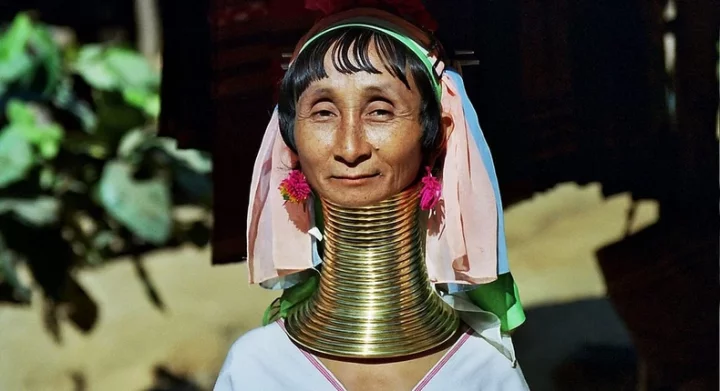
In the heart of Thailand, a culture thrives among the Kayan Lahwi tribe, also known as the "Long Neck" tribe.
They are also referred to as 'the giraffe women'.
These women wear coils of brass around their necks that create the illusion of elongated necks have an unusual story that we're about to uncover.
The Kayan Lahwi people originate from the regions of Myanmar (formerly known as Burma). They have a history that spans many generations and where their culture has flourished for centuries. Due to some challenges at the time, some Kayan Lahwi families moved to Thailand in the early 20th century.
Interestingly, there is also a tribe located in South Africa and Zimbabwe where the women wear neck rings. As part of their tradition, the women of the South Ndebele tribe wear metal neck rings, which they called "dzilla"
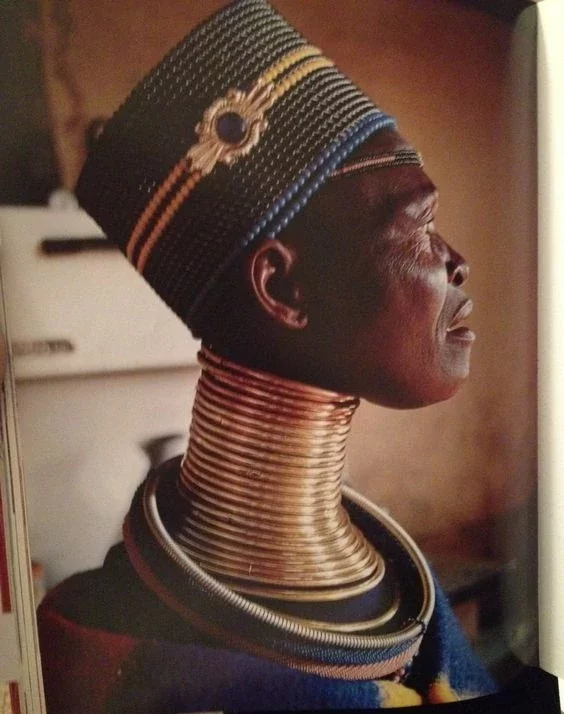
A peek into their lifestyle and the mystery behind the long necks
The Kayan Lahwi culture is deeply rooted in traditional practices and community bonds. What makes them particularly intriguing are the women, who stand out with their remarkable long necks, adorned with brass coils.
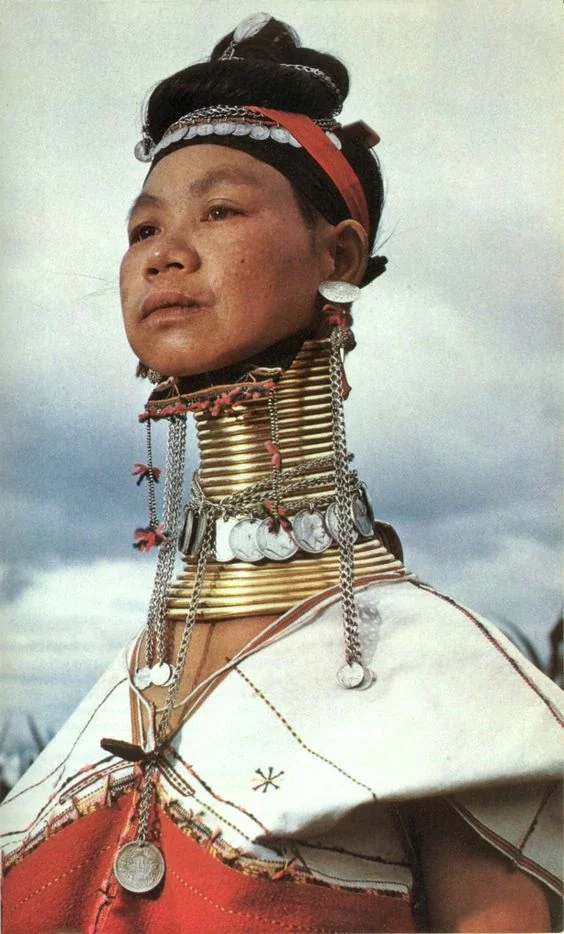
A common misconception is that the necks are actually stretched, but that's not the case. These brass coils, when worn around the necks, gradually push down the collarbone and ribs, creating an illusion of a stretched neck over time.
This tradition of wearing brass coils begins in childhood. Girls usually start wearing these coils as young as five years old.
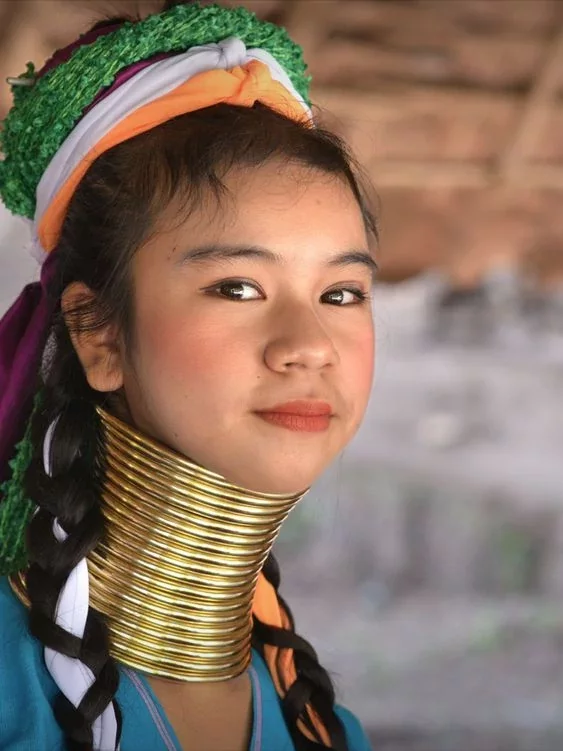
The brass neck coils are placed on the five-year-old girl by the village shaman. The shaman fits small cushions under the first coil to prevent soreness in the neck. These cushions will be removed by the shaman later as the girl's neck adjusts to her brass coils. Over time the girl's brass coil is replaced by a longer one and more turns are added. This process continues with successive coils added about every two years. As longer coils are added the weight of the coil increases. The brass coils are never removed, and over time, as more coils are added, their necks begin to look elongated.
What does this unusual practice signify?
The long neck tradition is not just for aesthetics. It carries cultural meaning for the Kayan Lahwi people. It's a symbol of beauty, identity, and belonging. Women wearing the brass coils are seen as more beautiful and desirable, embodying grace and elegance. For the Kayan Lahwi people, this practice is an expression of pride and a means of preserving their heritage.
The women's neck rings are not only a symbol of beauty but also a sign of unity. It shows a strong bond of sisterhood.
Do you think these women can swallow eba or fufu? Let us know in the comment section.





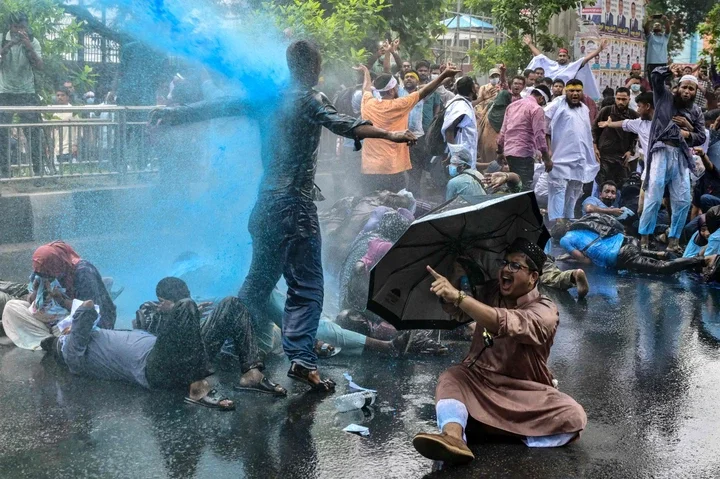



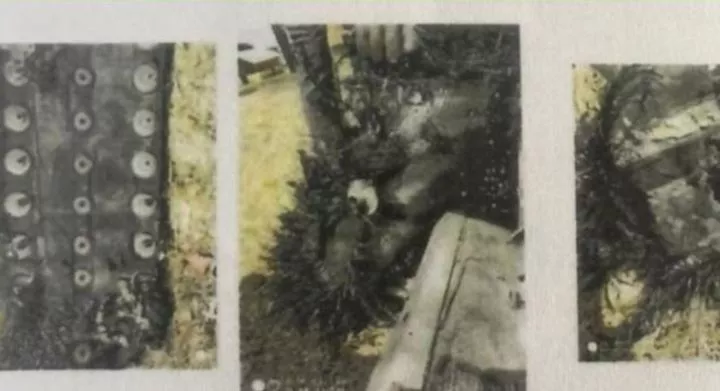



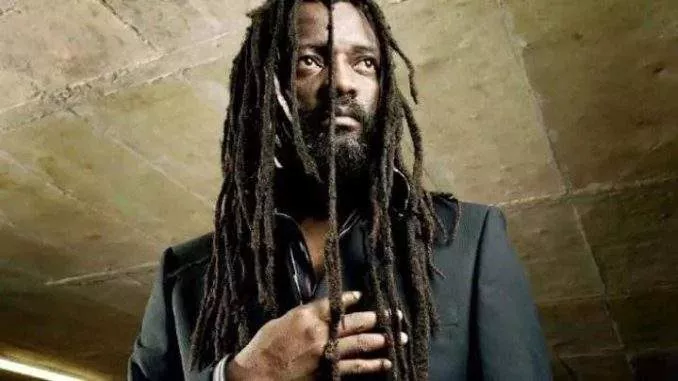


Comments